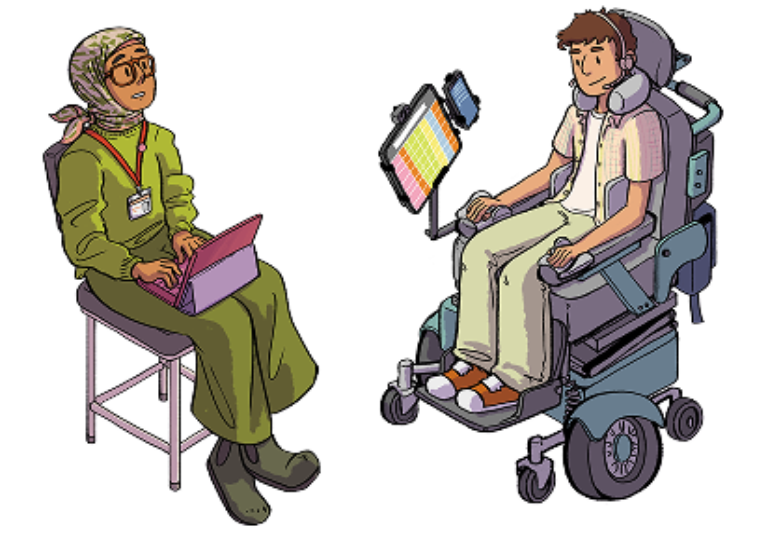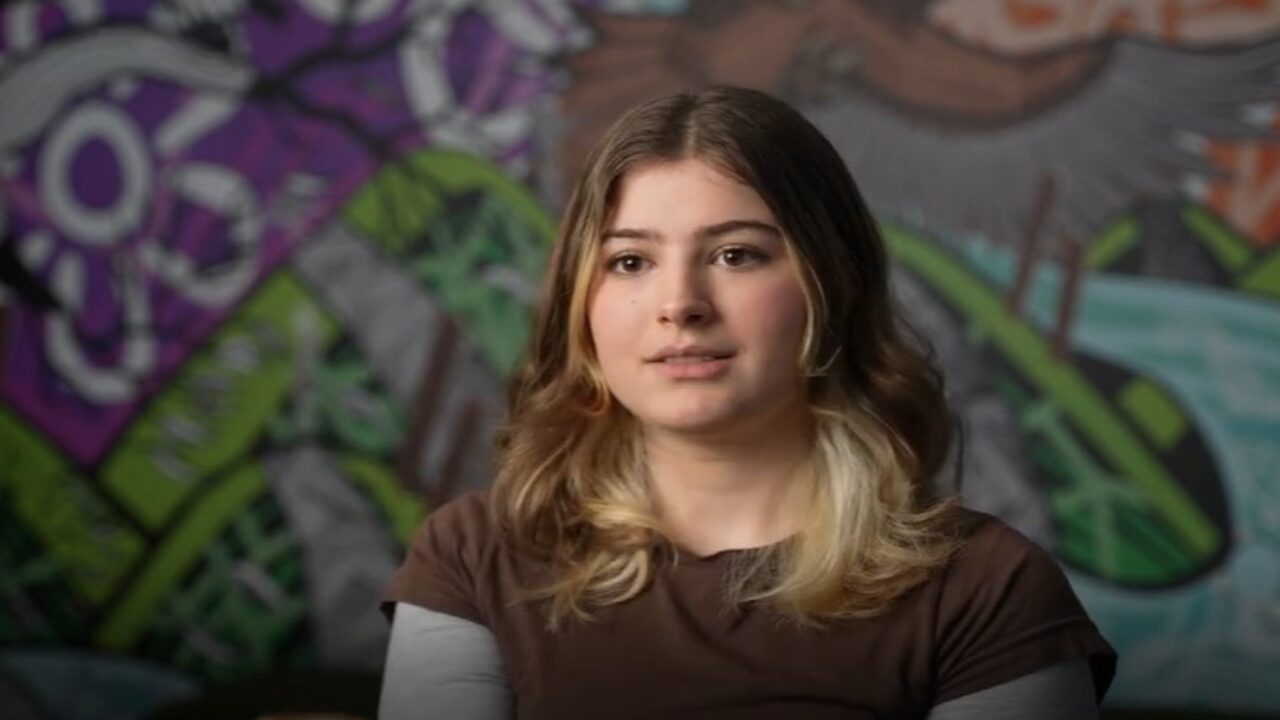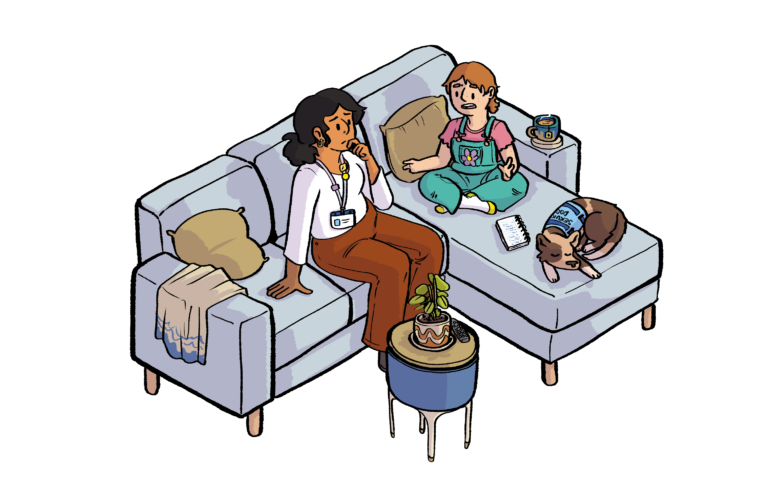Communicating with disabled young people

Effective communication can create a better experience for the disabled young people you support.
When you allow disabled young people to engage meaningfully in decisions about their supports, you empower them to make sure their needs are met and concerns addressed.
Effective communication builds trust and respect, and supports disabled young people to learn to express their needs and make decisions.
Ultimately, good communication helps both disabled young people and workers.

Disabled young people share communication tips for NDIS service providers and workers
Check out this video of disabled young people sharing what effective communication looks like to them.
How communication can differ for disabled young people
Young people communicate in many ways. When an issue arises, some may prefer to meet in person to discuss the problem, while others may prefer email.
Don’t assume everyone with the same condition communicates the same way. For instance, one person with cerebral palsy may use a communication device, while another may speak verbally.
No matter how young people communicate, it’s important to give them time to speak up and share their concerns or ideas.
 Illustration of a white young person sitting on a couch talking to a staff member. There's a service dog asleep next to them.
Illustration of a white young person sitting on a couch talking to a staff member. There's a service dog asleep next to them.
No matter how young people communicate, it’s important to give them time to speak up and share their concerns or ideas.
Remember to ask the young person directly about their access needs and how they prefer to communicate and receive information.
For example, a Deaf young person may need an Auslan interpreter booked for a meeting or a young person with vision impairment may need documents sent in accessible formats.
Resources
Check out the webpages below for more information and resources on communicating with disabled young people.
-
Making your communication accessible and youth-friendly
Find out how to make your communication clear, accessible, and relevant for disabled young people. -
Language accessibility
Find information on using accessible language when communicating with disabled young people. -
Digital accessibility
Find out how to ensure your digital content is accessible for disabled young people. -
Choosing your words
Learn how you can make sure your language is inclusive, affirming and accessible for disabled young people. -
Meeting with disabled young people
Learn about things to consider if you are meeting with a disabled young person.